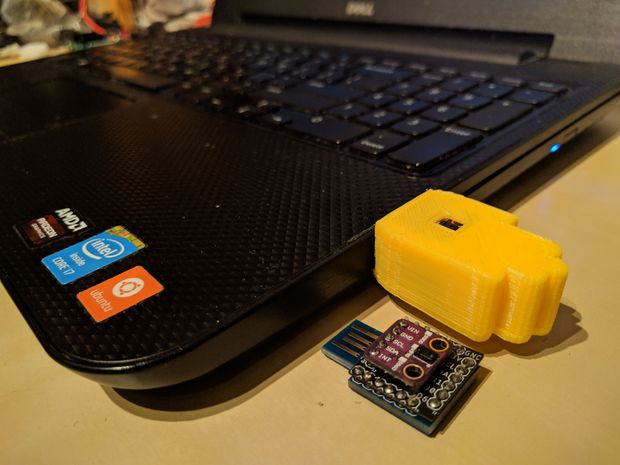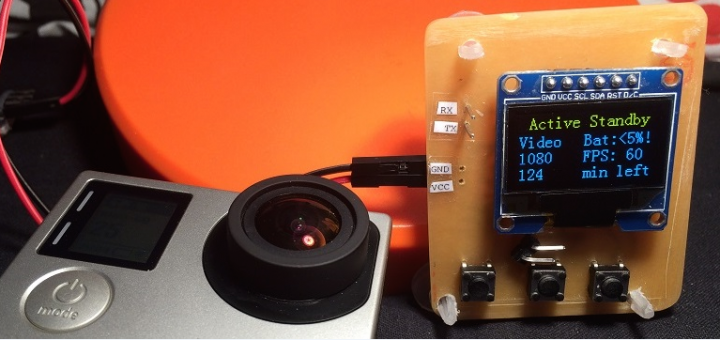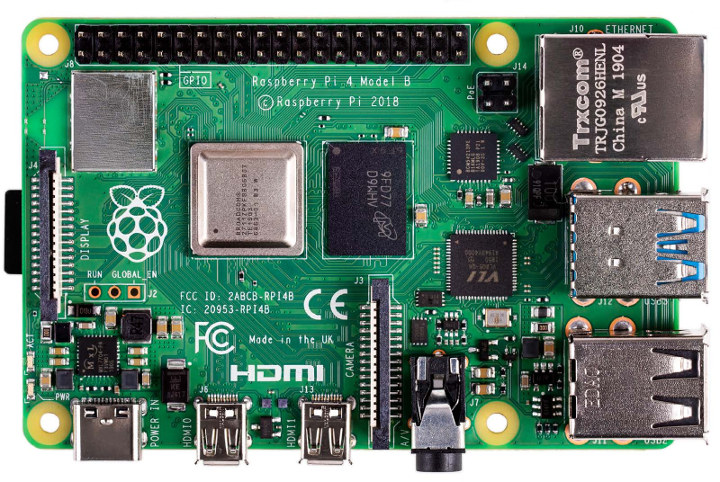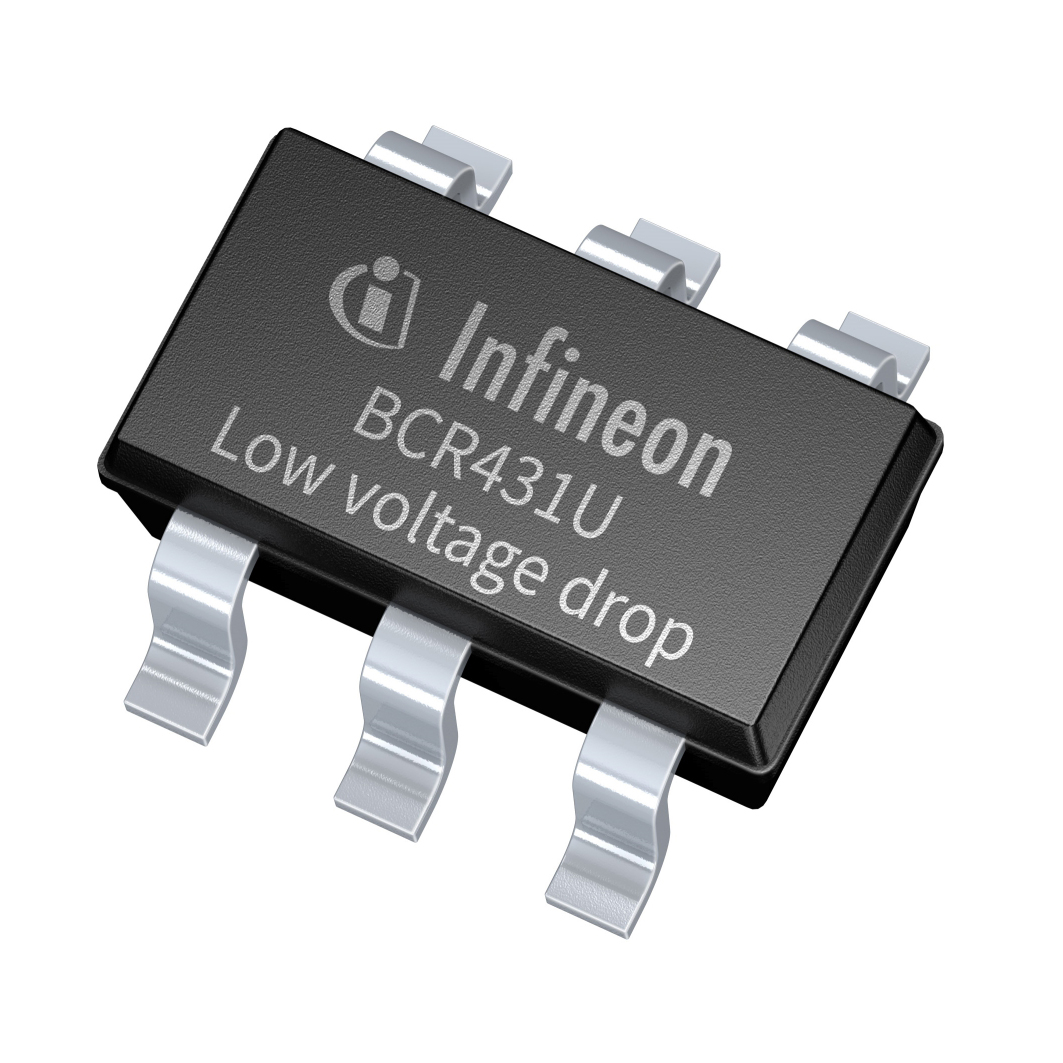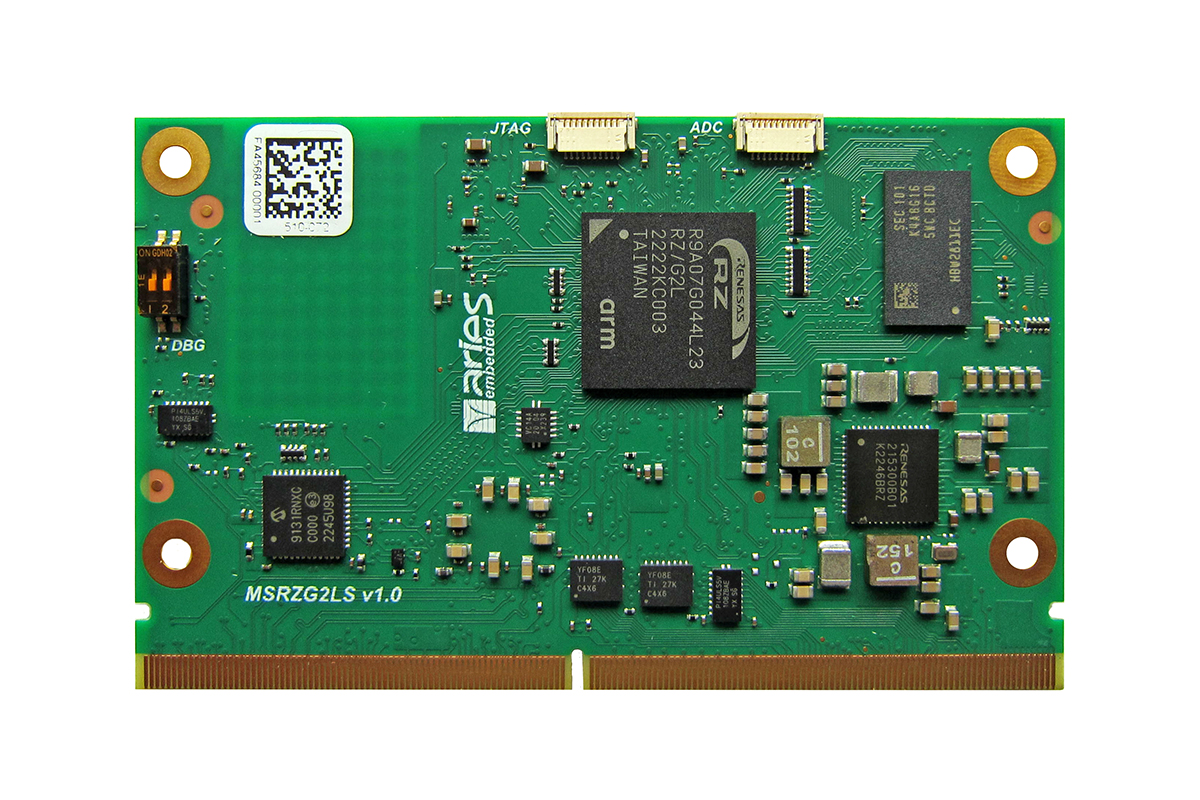
After $5.5 millions collaboration and a lot of work during the past four years of engineers at Imec, the next-generation electrodes called Neuropixels probe were designed to record hundreds of neurons in the brain. Imec is an international nano electronics research center dedicated to build and test powerful new devices for detecting neural activity within the brain.
To understand how the brain operates, we must measure the joint activity of a myriad individual neurons distributed across brain regions. Until recently, this has been impossible.
Their success is due to three innovations:
- a multiplayer fabrication process that allows 384 interconnects on a thin shank;
- on-shank CMOS circuitry that allows 384 sites to be rapidly selected from a total of 966;
- on-device processing that amplifies, digitizes, and multiplexes the signals.
Neuropixels thus constitute a self-contained recording system: the data that emerge are already digital, and can be read by a simple, inexpensive interface to a standard computer.
Probe Options
There are four probe options, all four have the same on-probe amplification and digitization, and can all be used interchangeably with the same headstages and recording equipment.
- Option1 probes (no switches, no amps) have 5mm-long shanks, and have no switches (they can only record from the most distal 384 sites) or on-site buffer amplifiers.
- Option2 probes (no switches, yes amps) have 5mm-long shanks, and have no switches
- Option3 probes (yes switches, no amps) have 10mm-long shanks with 960 total sites accessible via switches; they do not have on-site buffer amplifiers.
- Option4 probes (yes switches, yes amps) have 10mm-long shanks with 966 total sites accessible via switches; they have on-site buffer amplifiers. Option4 probes can only record 276 channels at a time.
In practical terms, the probes with buffer amps (2 & 4) have slightly higher RMS noise levels in saline (~10-12µV RMS compared to 6-9) but may have superior rejection of certain types of noise.
Switched probes (3 & 4) do not seem to have any deficits relative to the un-switched, unless the shorter shank of the unswitched probes is more suitable for your experimental situation.
Basic Probe Details
![]()
- Neuropixels probes have 384 recording channels (i.e. can record 384 signals simultaneously), and up to 966 recording sites (depending on the option)
- Recording sites are laid out in a checkerboard pattern, see geometry note below.
- 10 sites per group of 384 are reserved for selection as internal reference sites and cannot be used for recording (whether they are used for referencing or not)
- Recording sites have ~200k-ohm impedances
- Shanks are 70µm wide and 20µm thick (for Option1, shank is 50µm wide)
- Probe weighs 0.3g, headstage weighs 1.1g.
Neuropixels probes represent a significant advance in measurement technology and will allow for the most precise understanding yet of how large networks of nerve cells coordinate to give rise to behavior and cognition.
Preliminary data examples and a user guide are available.





